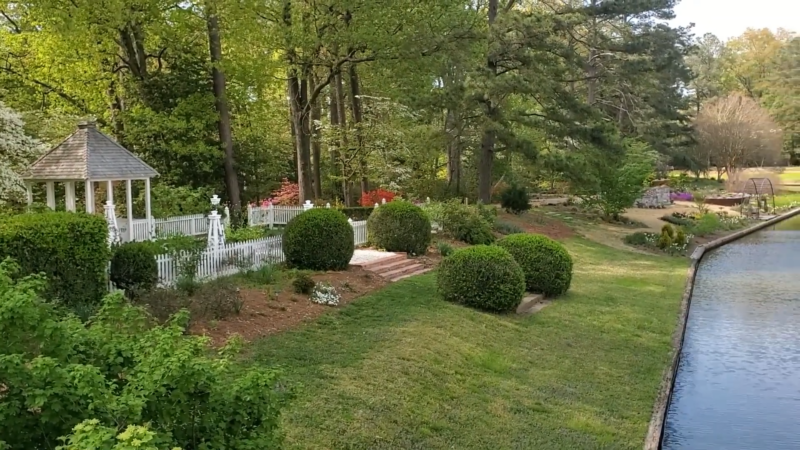The Norfolk Botanical Garden offers over 450 varieties of roses and a range of seasonal blooms, ensuring vibrant and inviting gardens year-round.
The gardens cater to all ages, featuring special areas for children, making it an ideal family outing.
The garden’s commitment to sustainability, using 100% renewable energy, adds an eco-friendly touch to your visit.
As part of the American Horticultural Society Reciprocal Garden Network, visitors can enjoy free or discounted admission to other gardens across North America.
Table of Contents
ToggleHistory of Norfolk Botanical Gardens
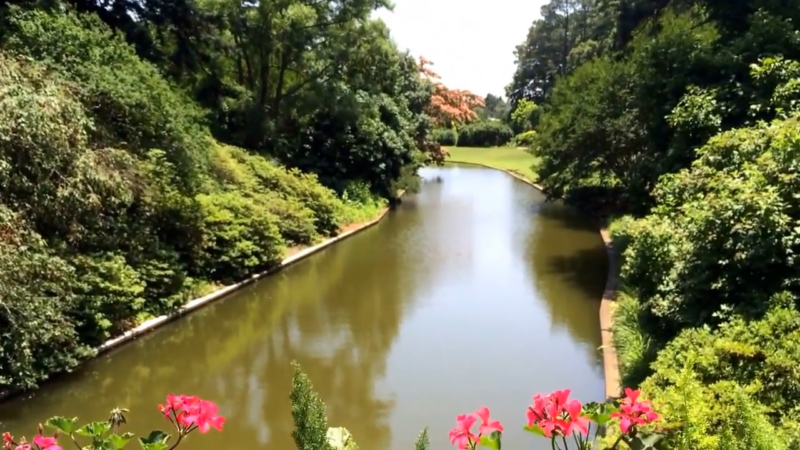
Norfolk Botanical Gardens came to life through the vision of Norfolk City Manager Thomas P. Thompson and horticulturalist Frederic Heutte. In 1938, they secured 75 acres of wooded land and an additional 75 acres of reservoir for the garden’s establishment. This collaboration laid down the foundation for what is now a celebrated destination.
The garden’s initial development was aided by the Works Progress Administration (WPA). A significant workforce of 200 African American women was employed to clear the land and plant the first flowers. This early phase of labor is commemorated annually in the garden’s celebrations.
Through the decades, Norfolk Botanical Gardens expanded. Today, it encompasses 175 acres and features more than 60 themed gardens. Visitors can explore these areas by tram, boat, or on foot, offering various experiences to suit different preferences.
Emphasizing its community role, the Norfolk Botanical Gardens honors its history by celebrating events like Black History Month. The Annual WPA Garden Heritage Celebration is one such event that acknowledges the resilience and contribution of those who helped shape the garden.
Botanical Collections and Plant Species
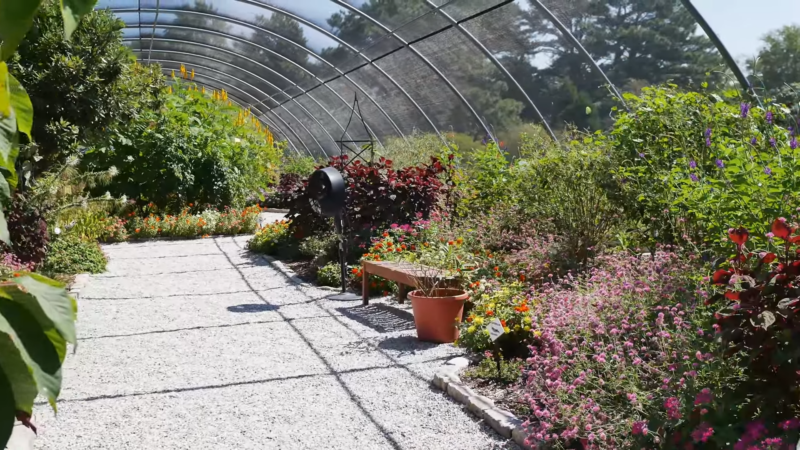
The Norfolk Botanical Gardens offer an incredible diversity of plant species across its 175 acres. You can explore over forty themed gardens, each showcasing unique plant collections.
One highlight is the camellia collection, featuring more than 1,700 camellia plants with over 1,100 different types. This makes it one of the largest camellia collections in the Southeastern U.S.
The gardens are also known for their extensive displays of Crepe Myrtles, Hydrangeas, and Rhododendrons/Azaleas.
These collections are meticulously curated and managed by dedicated experts to ensure that each plant thrives in its environment.
You can find the majority of the camellias around Mirror Lake and the Hofheimer Camellia Garden, offering a serene and vibrant setting for your visit.
For a more dynamic experience, the Children’s Garden offers an award-winning space filled with different plant species, designed to educate and inspire young visitors.
The botanical collections are not limited to permanent plantings. The garden also features a variety of annuals and seasonal displays, ensuring there’s always something new to see with every visit.
Gardens and Habitats
World of Wonders Children’s Garden
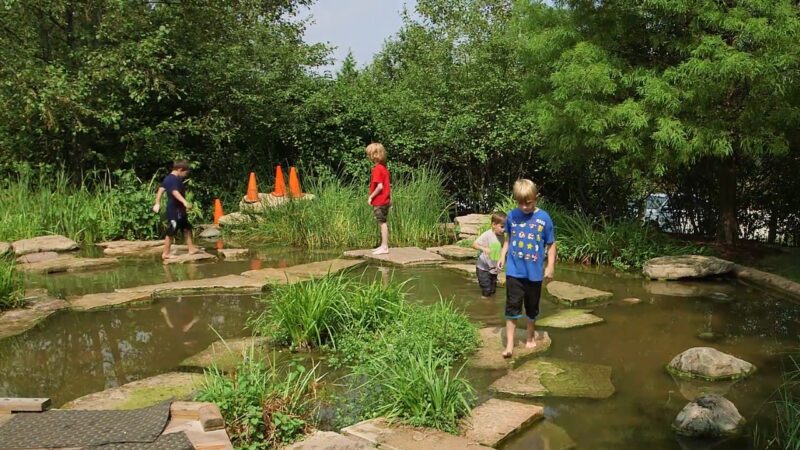
The World of Wonders Children’s Garden is designed to engage young minds with hands-on experiences and interactive educational displays about various plant species.
It features playful water elements and themed areas like the Butterfly Maze, encouraging kids to explore and learn. There’s also a Splash Fountain where children can cool off on hot days.
This garden blends education with fun, making it a memorable experience for both kids and adults.
Bicentennial Rose Garden
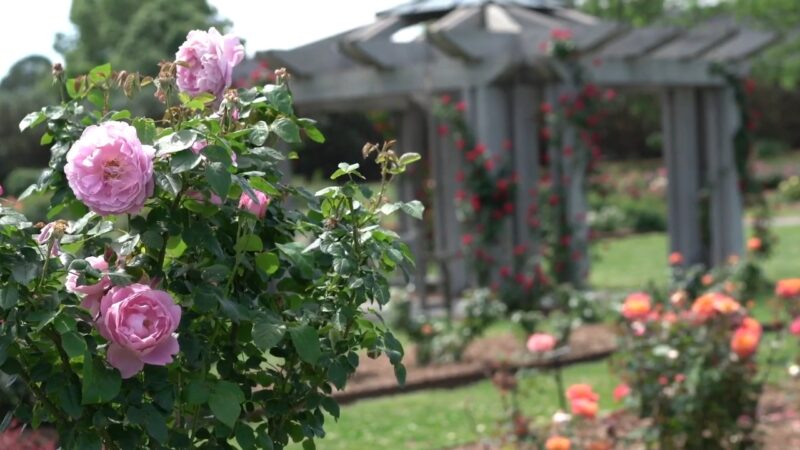
The Bicentennial Rose Garden features over 300 varieties of roses, each rosebed meticulously maintained to display a wide range of colors and fragrances.
June is the best time to visit when the roses are in full bloom, filling the air with their delightful scent. The garden’s arches and pathways create a romantic and picturesque setting, ideal for leisurely strolls or photo opportunities.
Enchanted Forest
The Enchanted Forest offers a peaceful escape with its towering trees and cool, shaded pathways. This area is home to diverse plant life, including ferns, mosses, and various flowering plants that thrive in the shade.
Visitors can explore winding trails that create a tranquil woodland atmosphere. Wildlife sightings, such as birds and small mammals, are common, enhancing the forest’s enchanting charm.
Hofheimer Camellia Garden
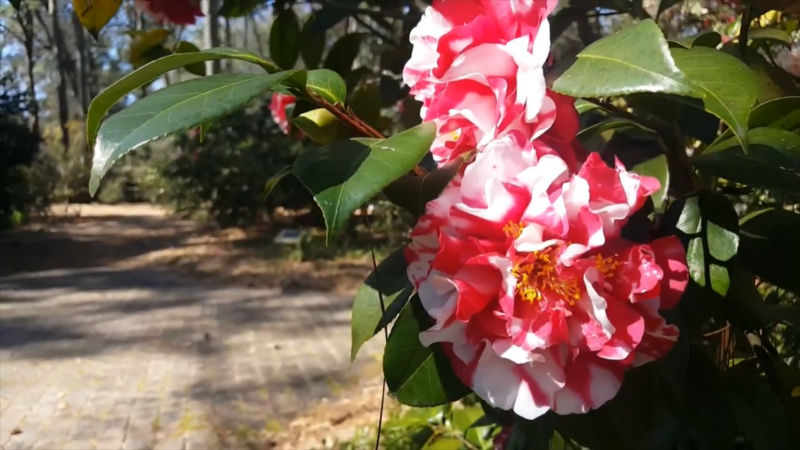
The Hofheimer Camellia Garden showcases thousands of vibrant camellias, with over a hundred varieties blooming from fall through early spring, adding color and beauty during the cooler months.
Pathways guide visitors through displays of camellias in shades from delicate whites to deep reds. Informative plaques offer details on each variety, enhancing your understanding and enjoyment of these beautiful plants.
Seasonal Displays and Events
Winter Lights
During the winter months, the gardens transform into a magical wonderland with their illuminated displays. The Garden of Lights is a popular event where paths are lined with millions of twinkling lights, creating a festive atmosphere.
Key Highlights
- Open from late November to early January
- Features themed light displays, such as animals and holiday scenes
- Special evenings with hot beverages and holiday treats for purchase
Spring Blooms
Springtime at Norfolk Botanical Gardens is a burst of color and life as thousands of flowers come into bloom. The Azalea Festival is particularly noteworthy, showcasing the garden’s extensive collection of azaleas.
Key Highlights
- Peak azalea bloom in April
- Variety of spring flowers, including tulips and cherry blossoms
- Guided tours and photography workshops
Summer Exhibits
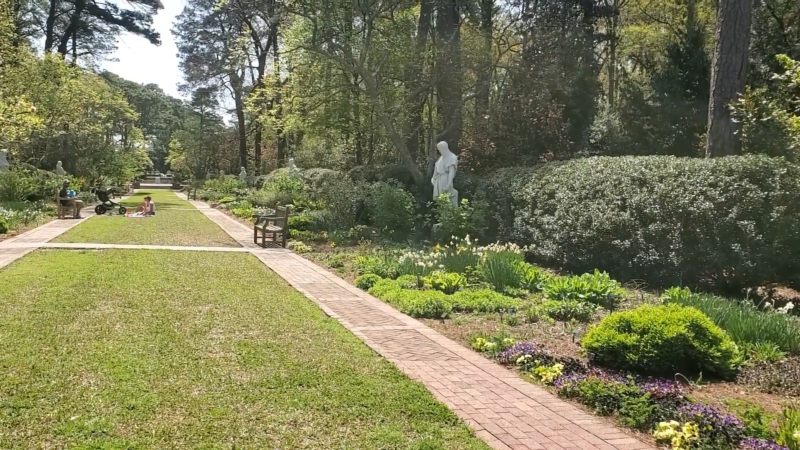
In the summer, the gardens offer an array of exhibits and activities, making it a lively time to explore. The Children’s Garden features interactive exhibits that engage younger visitors with nature.
Families visiting can also enjoy free events like outdoor concerts and movie screenings at nearby parks, adding to the summer fun in Virginia Beach.
Key Highlights
- Open tram and boat tours in the garden waterways
- Evening events, including live music and outdoor movies
- Extended hours on Wednesdays and Saturdays until 9:00 PM
Autumn Celebrations
Autumn brings a different charm to the Norfolk Botanical Gardens with its rich foliage and seasonal events. The Harvest Festival invites visitors to enjoy the colors of fall and participate in themed activities.
Key Highlights
- Spectacular fall foliage views
- Pumpkin patches and mazes suitable for all ages
- Seasonal crafts and local food vendors
Conservation Efforts and Research Initiatives
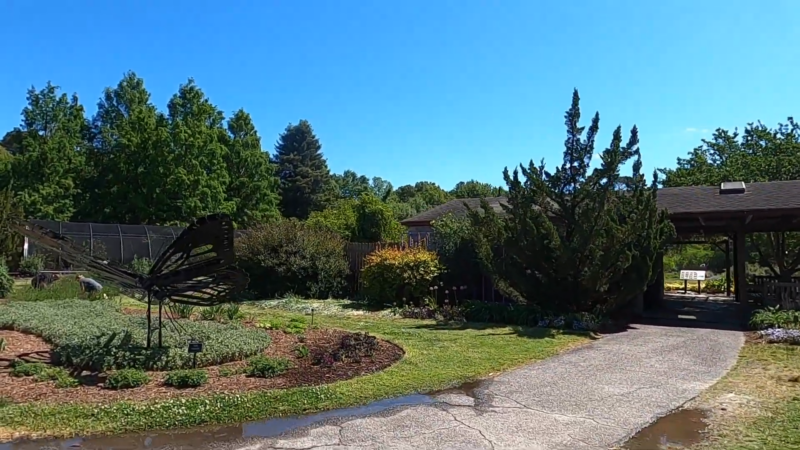
Norfolk Botanical Gardens has a strong commitment to plant conservation. The Perry Conservatory alone spans 26,000 sq. ft. and houses various threatened plant species, including conifers, cycads, and cacti. This exhibit provides visitors a unique opportunity to witness rare flora and understand the urgency of conservation efforts.
You’ll find the Garden of Tomorrow initiative particularly noteworthy. It’s designed to create an immersive sanctuary for endangered plants and a venue for studying their potential benefits. This aligns with the garden’s mission to advance biodiversity and sustainability through research and public education.
The Norfolk Botanical Gardens also engages in various projects devoted to environmental education and community support. These initiatives not only preserve plant species but also empower visitors with knowledge about ecological sustainability, fostering a deeper appreciation for nature.
Moreover, with a projection of 700,000 yearly visitors, the gardens provide a substantial platform for spreading conservation awareness and educating people globally. Volunteering and donation opportunities are available if you wish to contribute to these important efforts.
Visitor Information
Discover how to make the most of your visit to the Norfolk Botanical Garden, including details on admission, guided tours, and available amenities to ensure a comfortable and accessible experience.
Admission and Membership
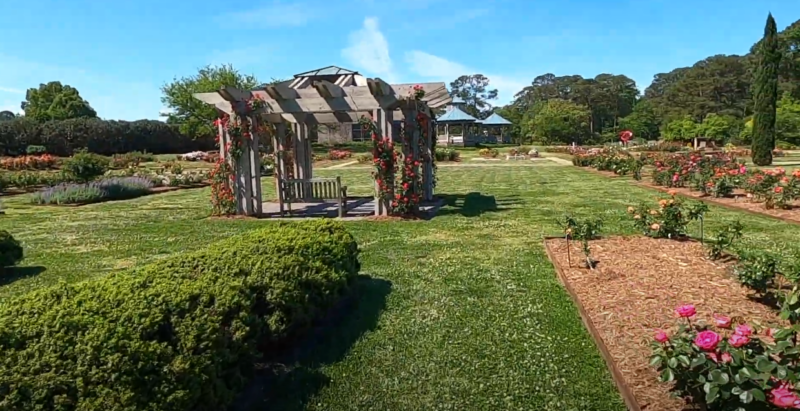
The Norfolk Botanical Garden offers various admission options to fit your visit plans. General admission varies by age:
- adults (18-64) pay $16
- seniors (65+) $14
- children (3-17) $14
- children under 3 enter for free.
Memberships provide unlimited annual visits and start at $50 for individuals.
The garden participates in the American Horticultural Society’s Reciprocal Garden Network, granting members access to over 360 gardens across North America.


